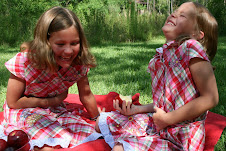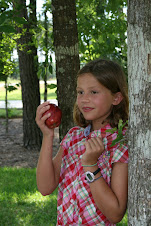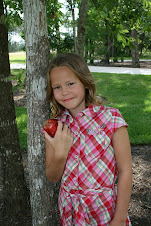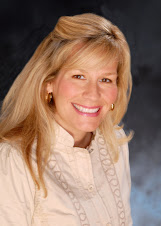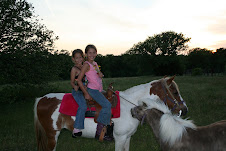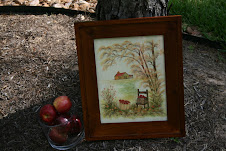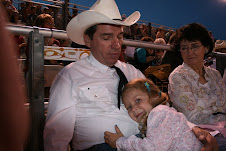The digital revolution is changing the way people get news, but not in the way that many predicted.
The latest biennial media consumption survey from the Pew Research Center for the People and the Press shows that the most compelling transformation in media consumption is how people get their news, not where.
That’s according to Tom Rosensteil, director for the Project of Excellence in Journalism, who published an executive summary of the survey.
The survey data shows that an emerging “On Demand Culture” has large numbers of people acting as editors and checking various places for news throughout the day, Rosensteil said in the summary.
According to the summary, a 51 percent of Americans are what Pew calls “news grazers,” people who check on the news from time to time rather than on a regular schedule.
Some 53 percent of Americans say they use search engines to hunt for news at least once a week, 50 percent follow links to a news site rather than going to the site’s home page, 47 percent have e-mailed a news story to a friend and 22 percent have customized Web pages that include news, according to the summary.
“News consumption is shifting from being a passive act — tell me a story — to a proactive one — answer my question,” Rosensteil wrote.
What hasn’t changed in the On Demand Culture is that people still want news, the summary said. Some 71 percent of Americans still start their day by getting news and eight in 10 still get news sometime during the day.
Another thing that hasn’t changed is that, by a margin of 66 percent to 23 percent, people still want news from nonpartisan sources, the summary said. That trend continues even among followers of partisan talk shows.
And while people are using new technology to get their news, the sources providing the information haven’t changed tremendously, Rosensteil said. “The newer outlets consumers are going to are most often digital versions of the old brands, or aggregators whose content comes from traditional sources,” he said. –- Compiled by Erik Battenberg for Tactics and The Strategist Online
